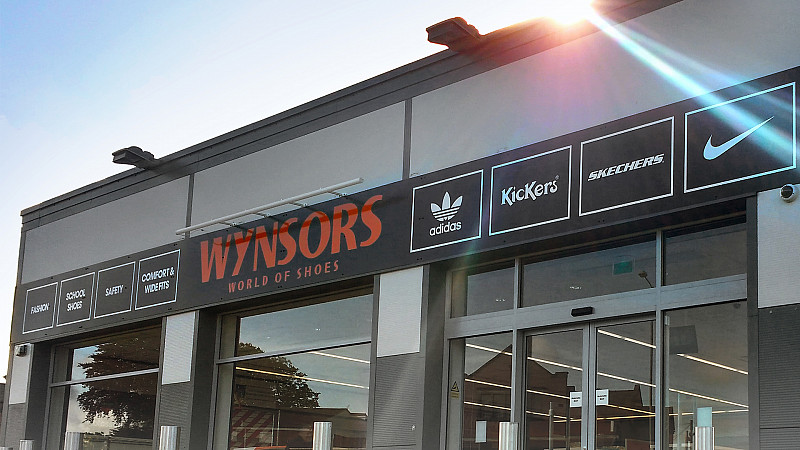
First off, let’s just admit it, the past year and a half has been a write-off; up has become down, left has become right, and normal has become so far fetched it’s something only Charlie Brooker could have thought up at this point. The marketing world has never been so up in the air; we have to deal with things that there is no manual for. How do you get people to buy when in a time like this? We’re pretty sure the answer is simple, been around for years, and it’s finally their time to shine: micro-influencers.
You may be thinking to yourself ‘eh? Why would I use them when I can use someone with more reach? More followers?’ Sit yourself down; we’re about to school you dmt style. Let’s start at the beginning.
What is a Micro-Influencer?
Put simply it’s a brand using them as a middleman between the audience and the product. If the two align well, it can bring a really good return, it all simmers down to being a reliable and trustworthy user. The problems start to arise when the influence stops being trustworthy; that’s when you begin to lose interest. A recent study showed that the most hard-hitting content is user-generated content – finding it to be more authentic.
The same study also found that a whopping 70% of millennials are actually more influenced (when it comes to handing over their hard-earned money) by friends and families’ social content. This makes sense as the key element, trust, is there. Only a measly 23% of people said that celebrity influencer content was impactful for their purchases.
Which also makes sense. When the main point is trust between them and a consumer, who is going to relate to someone who owns several villas and a Maserati? Consumers want authentic, realistic, and here’s that word again… trustworthy. This is where micro-influencers step into the spotlight.
Since the introduction of the new (hideous) Instagram algorithm, engagement has dropped significantly. Feeds have become elbow-to-elbow battles for sponsored posts. According to InfluencerDB, the worldwide engagement rate for Instagram influencers stands at the following:
10,000 followers or more – 3.6%
5,000 to 10,000 followers – 6.3%
1,000 to 5,000 followers – 8.8%
Budget-Friendly
Micro-influencers have all the best elements; higher engagement rates and specific niche audiences who are connected to them. Put into marketing terms: less money spent, more engagement, better outcomes. No matter the size of your brand, cost always comes into play when choosing which influencer you want to work with.
If you have a budget set aside for this, you could opt-in for a big celebrity and get maybe one grid post, and a couple of stories – but this will cost big. And it’s been seen before with bigger influencers especially, that they might not work as well. They’ll have a certain time frame to work with a multitude of brands; meaning your story or post will be one of many, which as we know, the algorithm does not like.
Then you have the other option: to opt for 10-20 micro-influencers for the same price, achieving possibly a bigger reach, better engagement and better ROI. Now, we’re not saying this is the case for everyone – brand campaigns will always differ.
Let’s Talk Numbers
We work in marketing, we all knew this is where you’d need the convincing. So, here are some rapid-fire stats to lean you in a little more.
– Over 82% of consumers are likely to buy something a micro-influencer recommends.
– Micro-influencers have personal contact with the audience, which makes them perceived as “people like me.” They have 22.2 times more conversations than a typical user because they are passionate about their niche and can choose the most argumentative topics to engage the followers.
– Their audience is more targeted and dedicated to the influencer’s identity, which makes them more attractive to potential sponsors than the big names in the niche. In other words, working with micro-influencers can affect your lead generation by far.
– Micro-influencers are more affordable than experts or celebs with millions of followers. They charge less for promoting a product, and they agree to collaborate only if the product meets their values and the needs of their audience.
It’s Personal
We might have mentioned this prior, but it’s all about that word… you know what it. Trust. As well as your consumers, your micro-influencers (or anyone really) don’t want to feel like they’re just a part of your marketing funnel. Consider personification when reaching out, do some research, and see if they’re speaking to their followers in a humanizing way. The line between sales and human interaction is a fine line to walk, but when done well will bring a good return. They’re aware of the value of your time and theirs.
Want to see how we can help your brand? Get in touch via our contact page and find out more about our paid social, PPC, design, email marketing, Amazon marketing, Shopify and content services. Also, don’t forget to check out our socials over on Facebook, Twitter and Instagram.Or if you just want a little natter, get at us with hello@digitalmediateam.co.uk .









